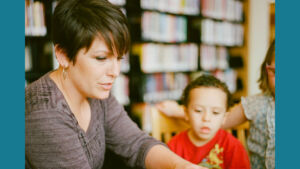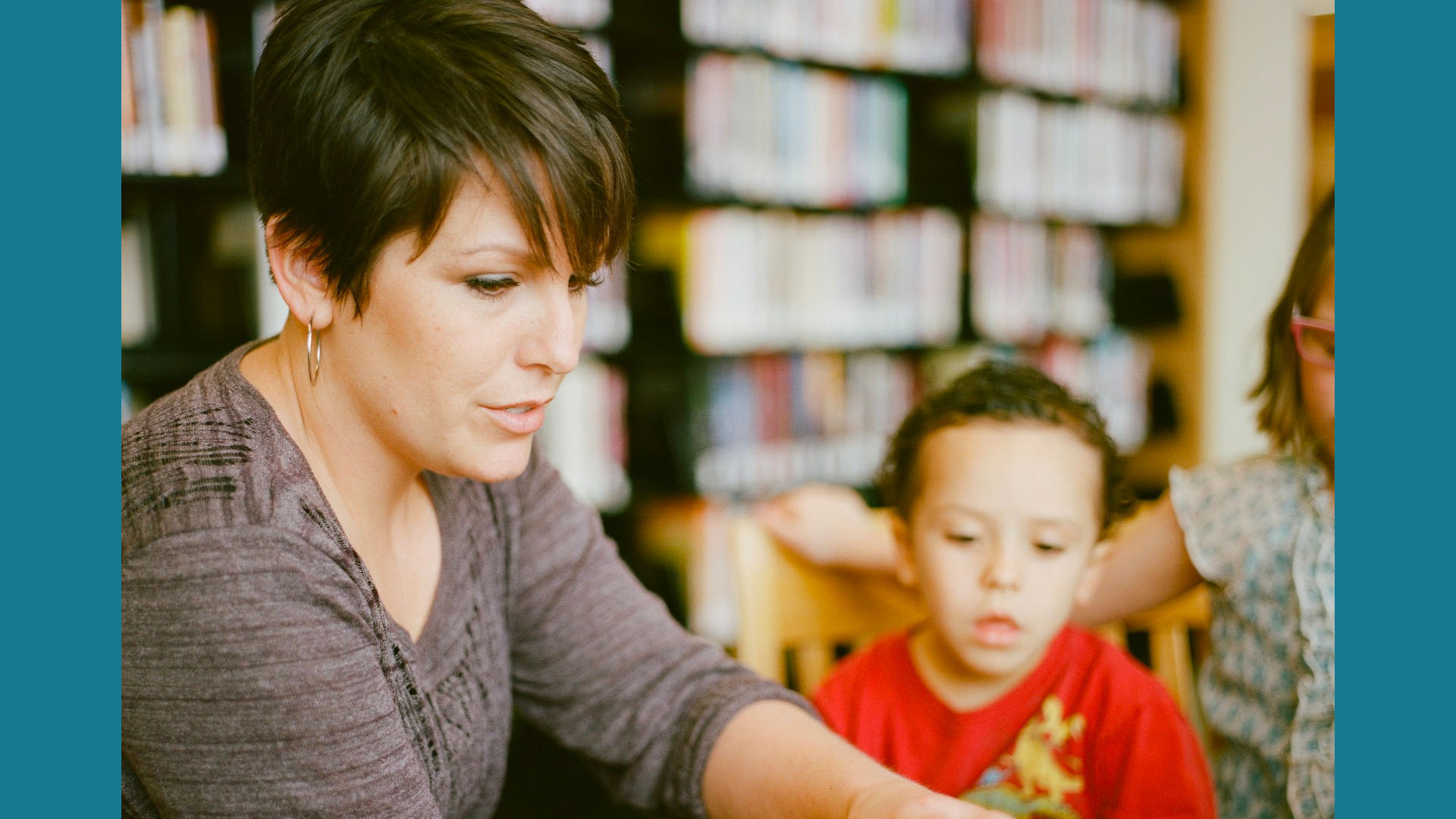
School Librarian. School Library Educator. Library Media Specialist. Whatever we are called, we are in a unique position when it comes to collaboration. If you have been looking for ways to collaborate with teachers, the beginning of a new school year is the perfect time to reach out and start something new, and the state reading lists sponsored by the Indiana Library Federation are the perfect place to start. Are you in an elementary school? You have the Picture Book and Intermediate Young Hoosier lists. Is your forte middle school? Check out the Middle Grades Young Hoosiers. Do you hang with the bigger, taller teens? Rosies are where it’s at. At any level, don’t miss the list for the Read Alouds. These lists provide you with an excellent launching point for introducing your students and staff to new books as the year begins. Book talk them. Find a trailer. Create a flip-grid or try a book tasting. How you introduce them is up to you, depending on how much time you have.
The start of a new school year is liable to bring new faces to your staff, or you may be the new face. Reach out. Let them know you are there. Invite them into your space. Share with them what you can do. Inform students and staff of the changes that you have made, and I know we have all made changes as we locked down for COVID and are now deciding just what is important and just how we want to come back.
Often times classroom teachers, especially Language Arts and English teachers at the secondary level, are looking for ways to incorporate more books, more reading, more book excitement into their classrooms, but they themselves are drowning in large class sizes, multiple lesson plans and stacks of grading. The school librarian is the perfect person to step in and share the latest and greatest, their all-time favorites, the titles that they themselves have gotten lost in. We are a wonderful resource for our teachers. Probably no-one else in your building keeps up with the latest publishing trends as much as we do.
Find out what standard a teacher is having trouble meeting, and see if you can help. For example, my 7th grade Language Arts teacher is an avid reader—of fantasy and science fiction. Non-fiction is not her favorite. I have spent the past ten years looking into teen-friendly non-fiction, so when she starts her unit on non-fiction, I help her kick it off. I use Kahoot to ask 2 random questions from 6 different non-fiction titles. Do I expect the students to know the answers! Of course not! That’s not the point. The point is to get them interested, to generate curiosity in the non-fiction titles that are out there.
Research is the easiest place for the School Librarian to step in and assist. Research is a big, daunting project with many steps, which provides us with a plethora of places to offer assistance; and, after all, who is better trained at finding resources than school librarians? Offer to come to the classroom when research begins and show students how to use the INSPIRE collection of databases—a rather daunting website without a road map. Think source cards are easy to do? We may. Students do not. How do they know if this is a book with one author, a book with an editor, a magazine article, a website? It’s obvious to us, but it’s not to them. Invite classes down to the library or go to the classroom for a day or two and practice making sample source cards before the research begins. Do some together, as a class. Have a cart of various resources available and have students practice in pairs for a couple of sources. You might even do what I learned at an ILF annual conference probably fifteen years ago… take the APA or the MLA handbook and turn it into a one-sheet, front and back resource for students. That will be a lot less intimidating than the entire handbook, and you can organize it in a student-friendly manner.
Collaboration is easy, it’s fun, it’s a chance to connect to kids. It doesn’t have to be stupendous. It doesn’t have to be show stopping. It just needs to identify a need and be genuine. So… how have you fostered collaboration between the classroom and the library? What has worked? What could still use some tweaking? Continue the discovery and the conversation. Join this Collaboration Padlet.
Resources
Please login or register to claim PGPs.
Alternatively, you may use the PGP Request Form if you prefer to not register an account.



